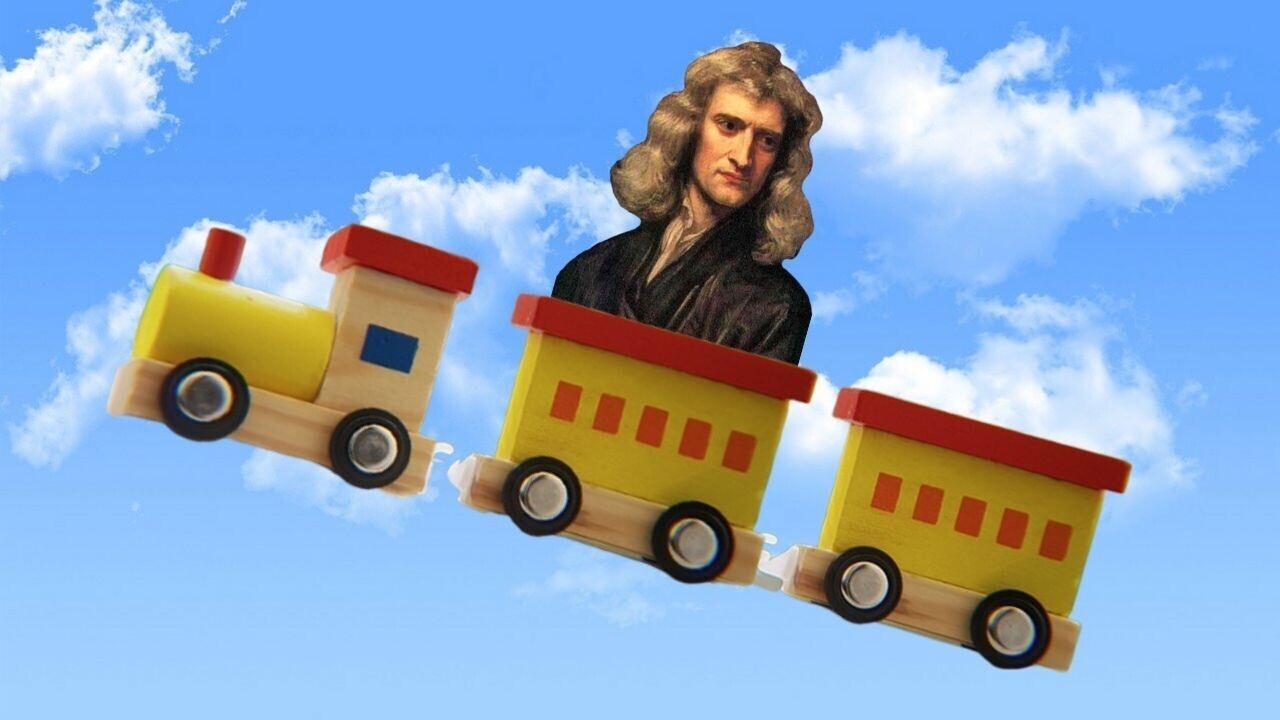
You know times are finally changing in Australia, when a mining company run by the country’s second-richest person, Dr. Andrew “Twiggy” Forrest, opens a green hydrogen and renewables business. And when they acquire a bunch of engineers doing something amazing with trains, that’s when things start to get really interesting.
This week, Fortescue Future Industries (FFI), the green arm of Forrest’s Fortescue Metals Group, acquired UK company Williams Advanced Engineering (WAE).
To mark the purchase, WAE and Fortescue announced the development of a world-first, zero-emission “Infinity Train.”
What the heck is an Infinity Train?
It’s all about battery innovation. The Infinity Train project will use gravitational energy to fully recharge its battery-electric systems without any additional charging requirements for the return trip to reload.
In other words, the train will recharge the battery using gravity while it’s loaded with the extremely heavy iron ore it transports. Then, it can return home without the need for manual recharging.
Erm, ok, so what is gravitational energy?

Gravitational energy is often harnessed and used as a clean power source for consumption.
For example, hydro energy is energy produced by the force of falling water, such as water in a reservoir behind a dam. When the dam opens, and water passes through to the lower ground, the energy from the force created is accessible and is used to power surrounding infrastructure and homes.

We also see this to a lesser extent with regenerative braking in electric vehicles, where friction generated in slowing down a car contributes recharging to the battery.
In the US, for example, Advanced Rail Energy Storage (ARES) has developed, tested, and patented rail-based, gravity-powered energy storage technologies that don’t use fossil fuel or water and produce no hazardous waste, while being emission-free.
Similarly, The ARES GravityLine’s fixed-motor chain-drive system draws electricity from renewables and the grid to drive mass cars (rail carriages) uphill against the force of gravity — efficiently converting electrical energy into the potential mechanical energy of mass raised to a higher elevation.
When the grid requires power, this process is reversed. The mass cars proceed downhill with the electric motors operating as generators, converting potential mechanical energy into electricity.
This is real, energy-backward Australia
For countries like Australia, where rail delivery is a common form of transport, innovation in this space is a big thing. It can lower operating costs, including the cost of diesel, and eliminate rail system carbon emissions.
The Infinity Train is also a critical innovation, considering the United Nations’ Sustainable Development Report 2021 positions Australia at the bottom of a 193-country list when it comes to combatting climate change. Australia needs all the help it can get.
Get the TNW newsletter
Get the most important tech news in your inbox each week.





